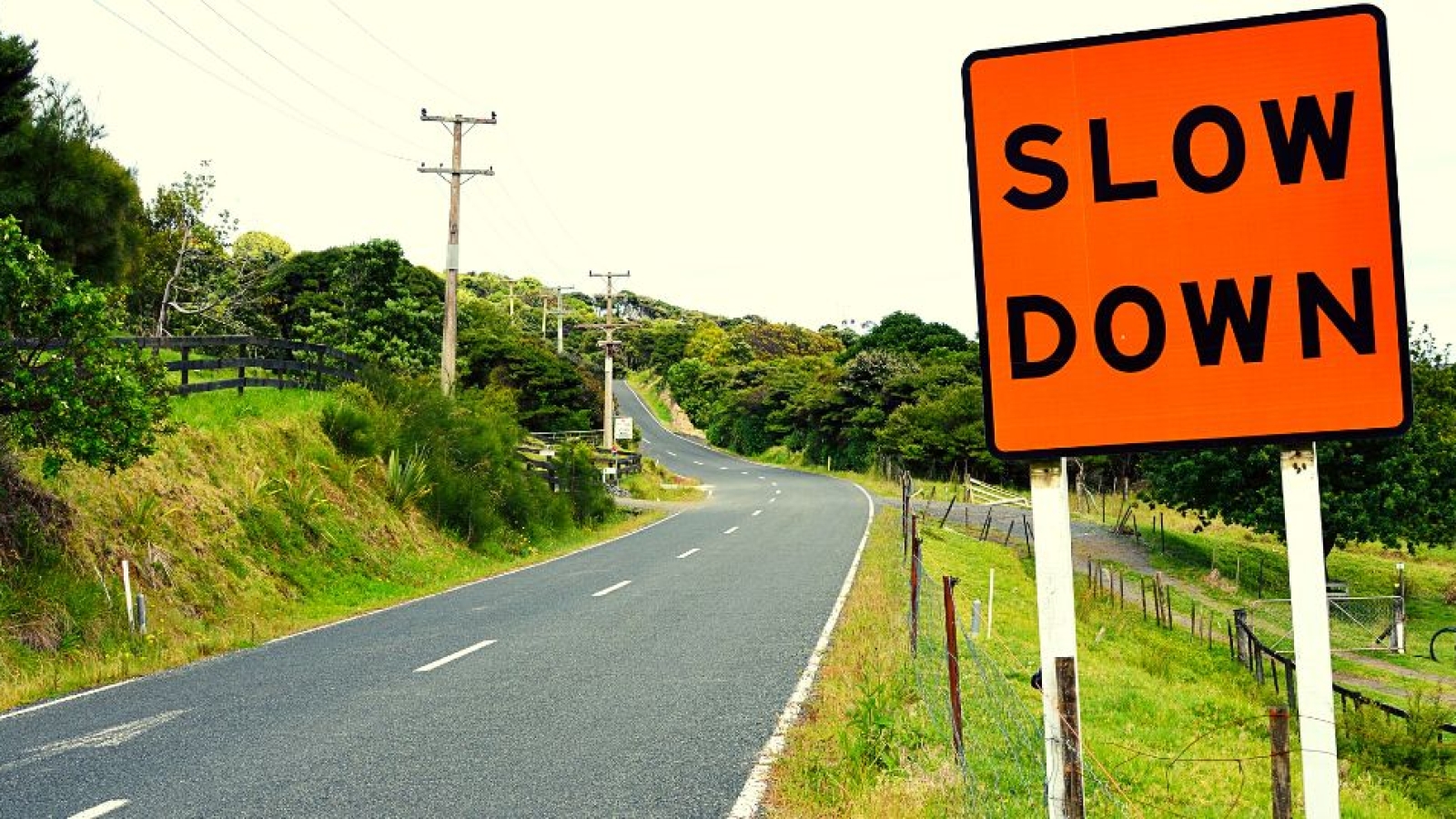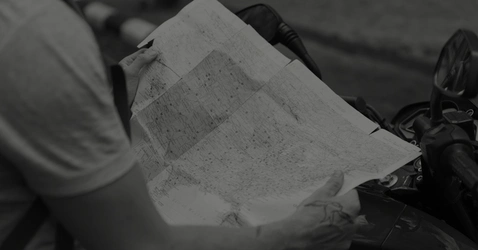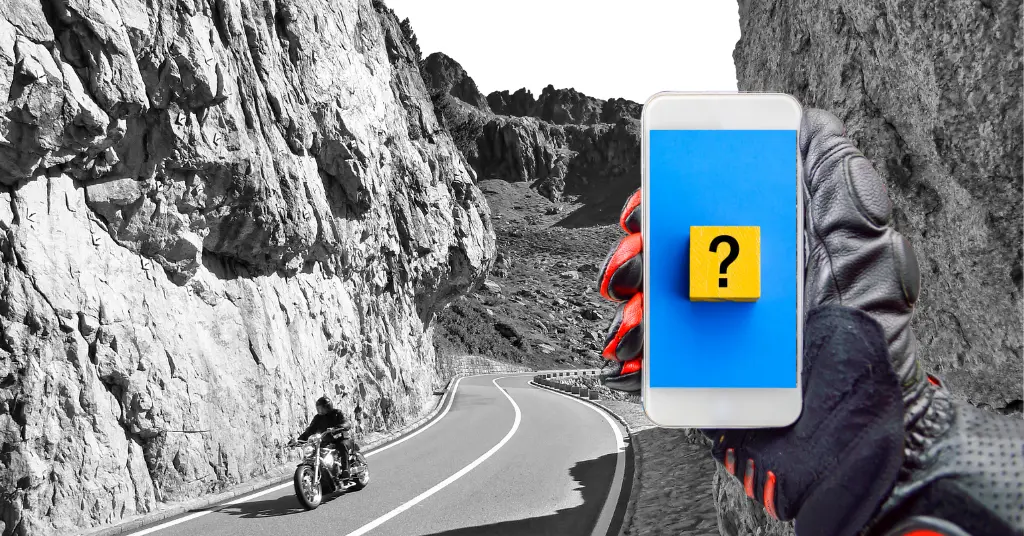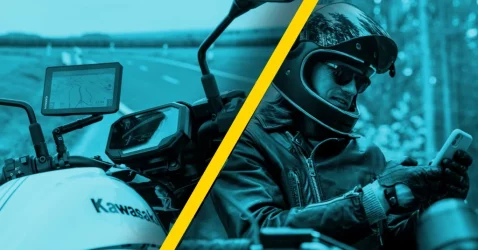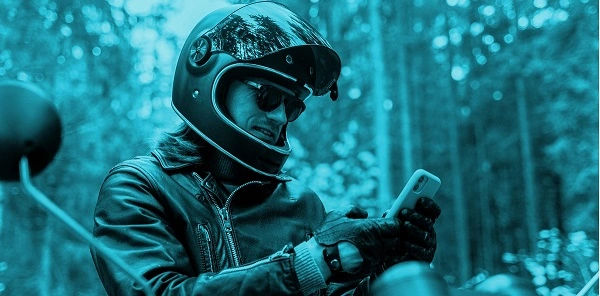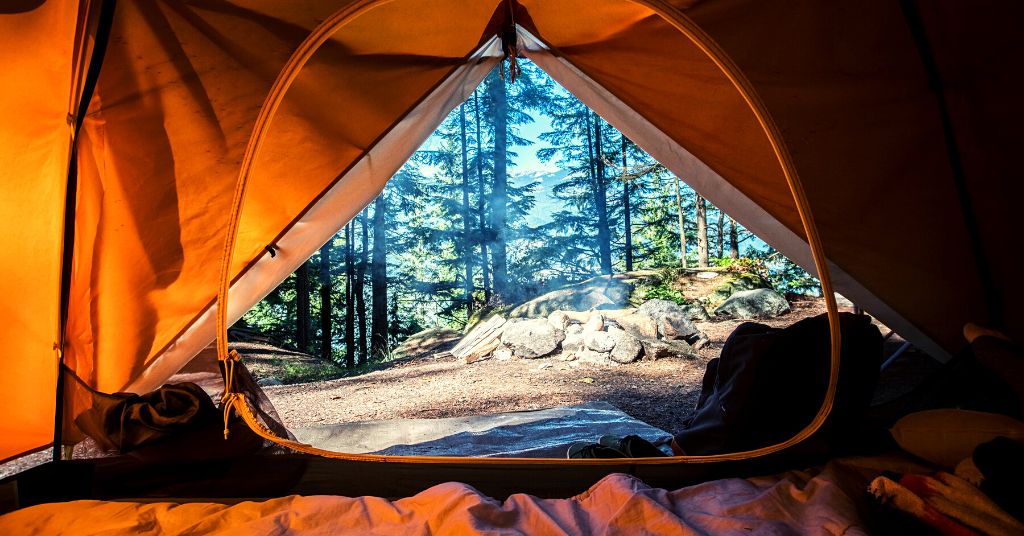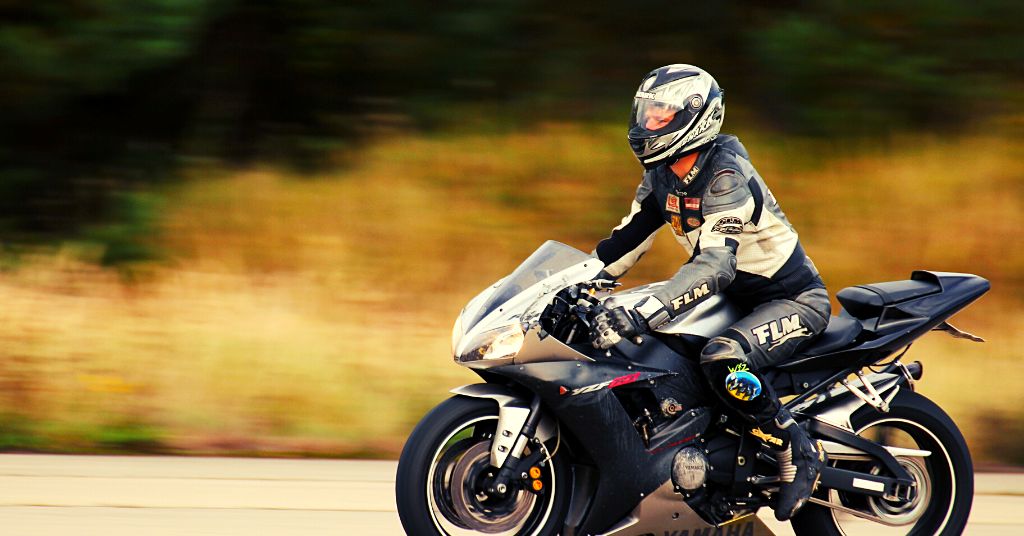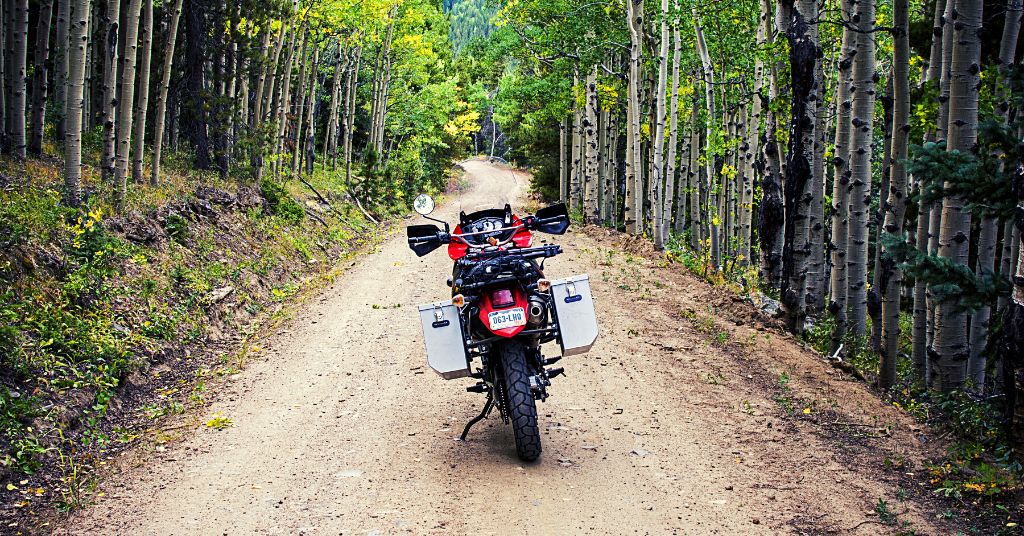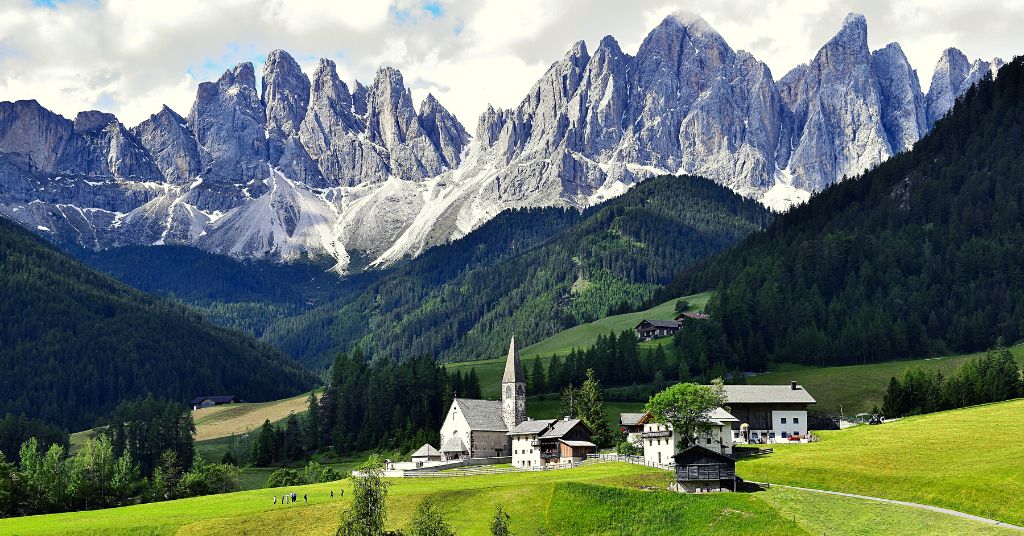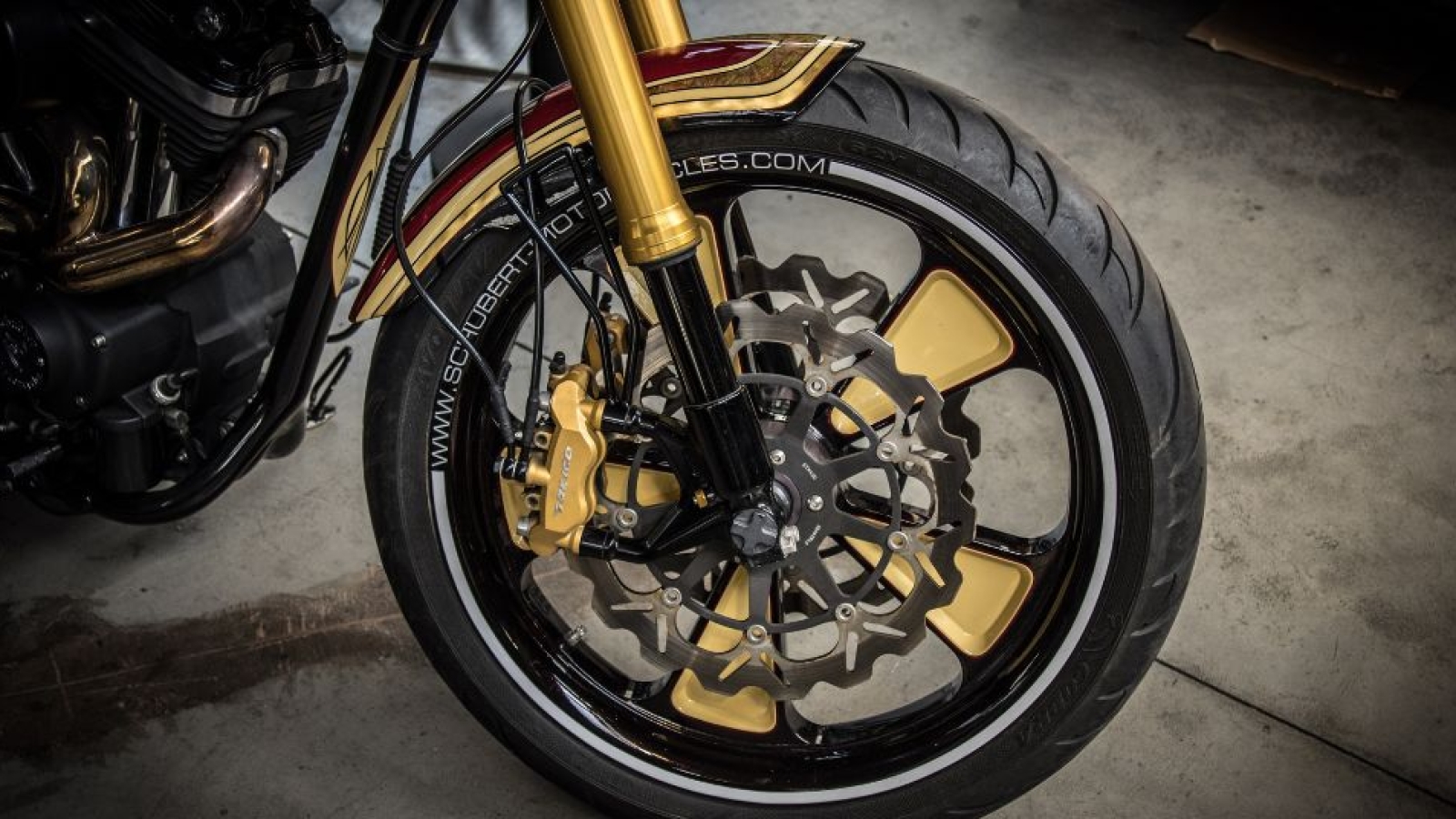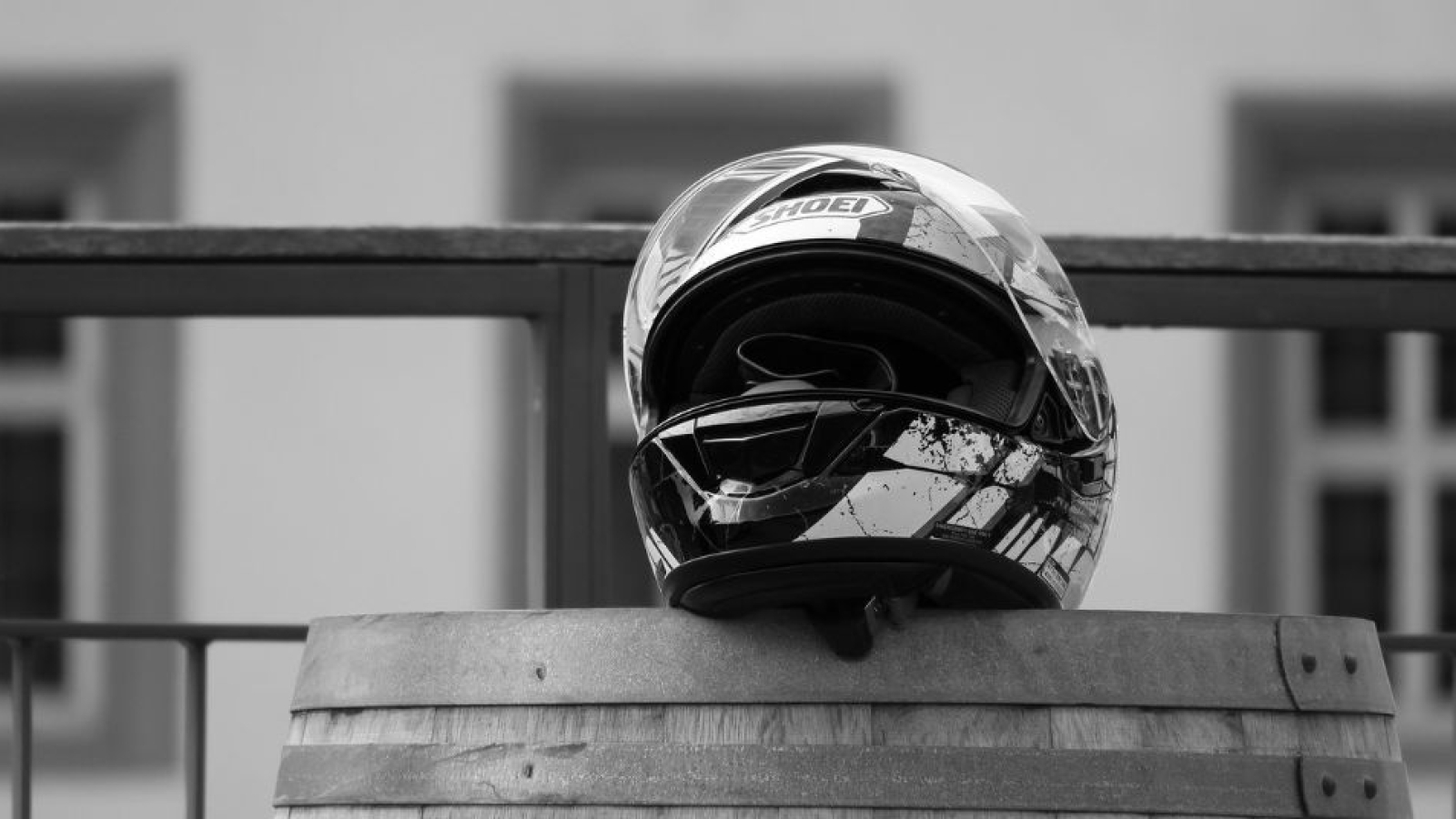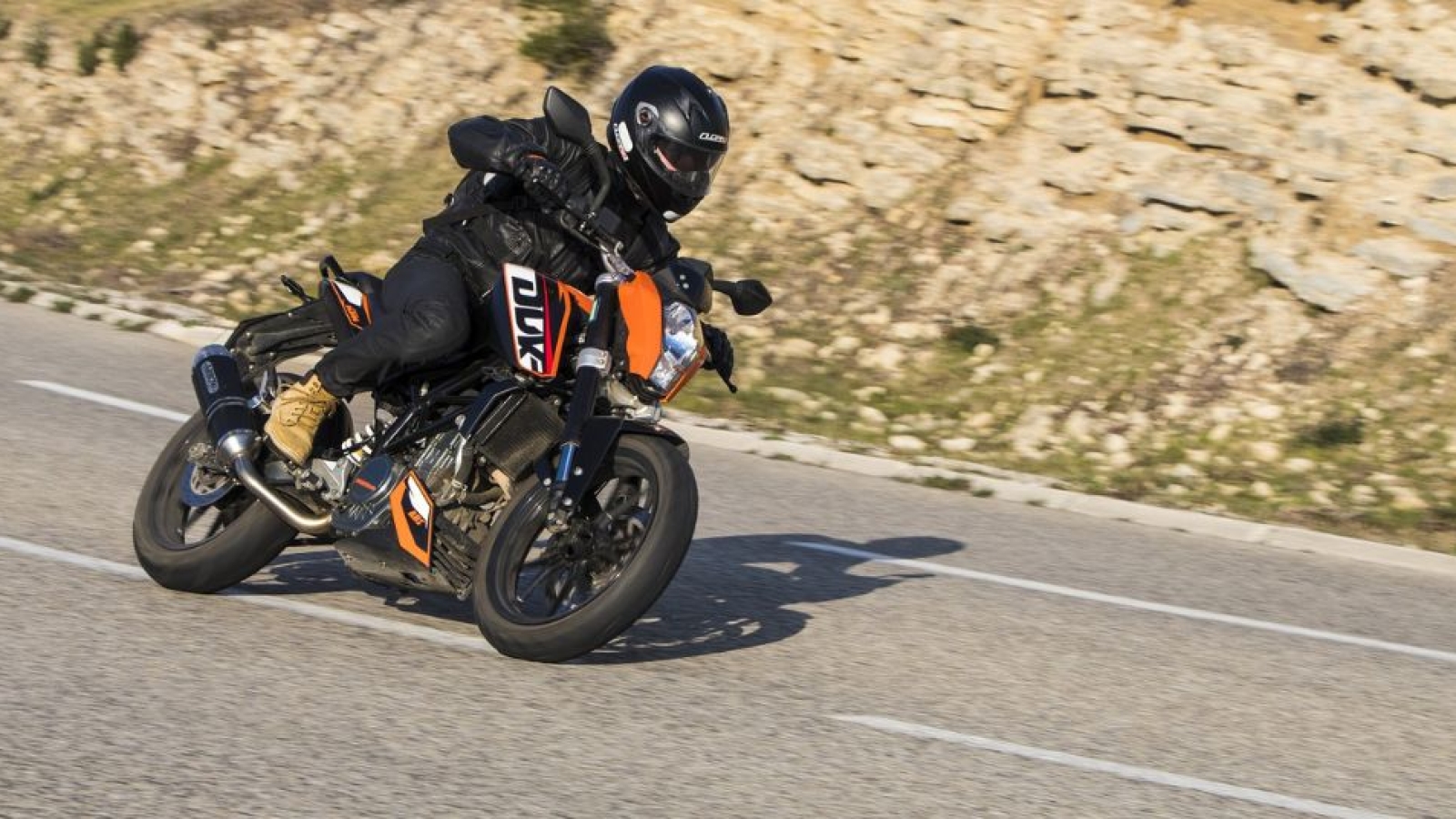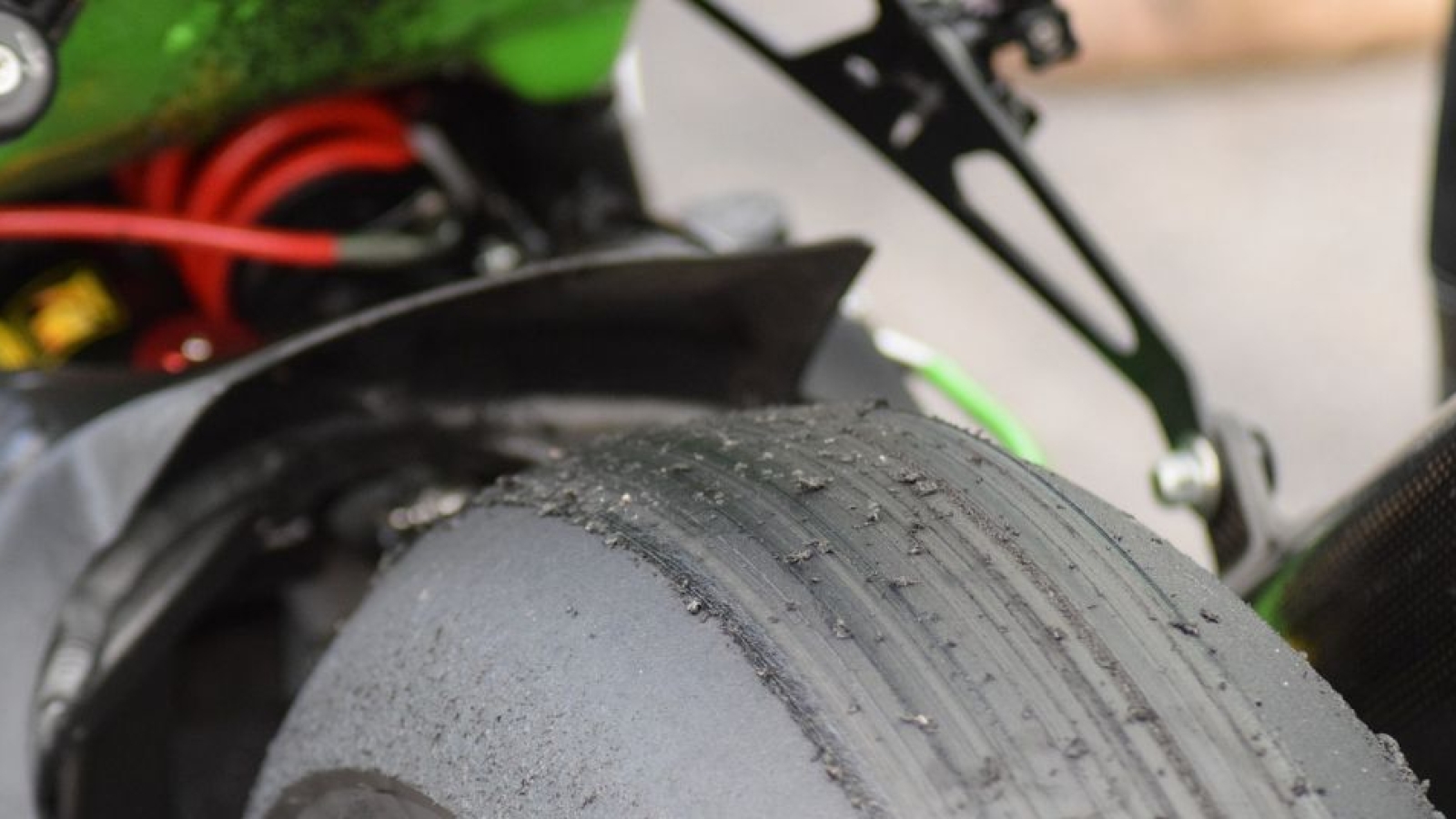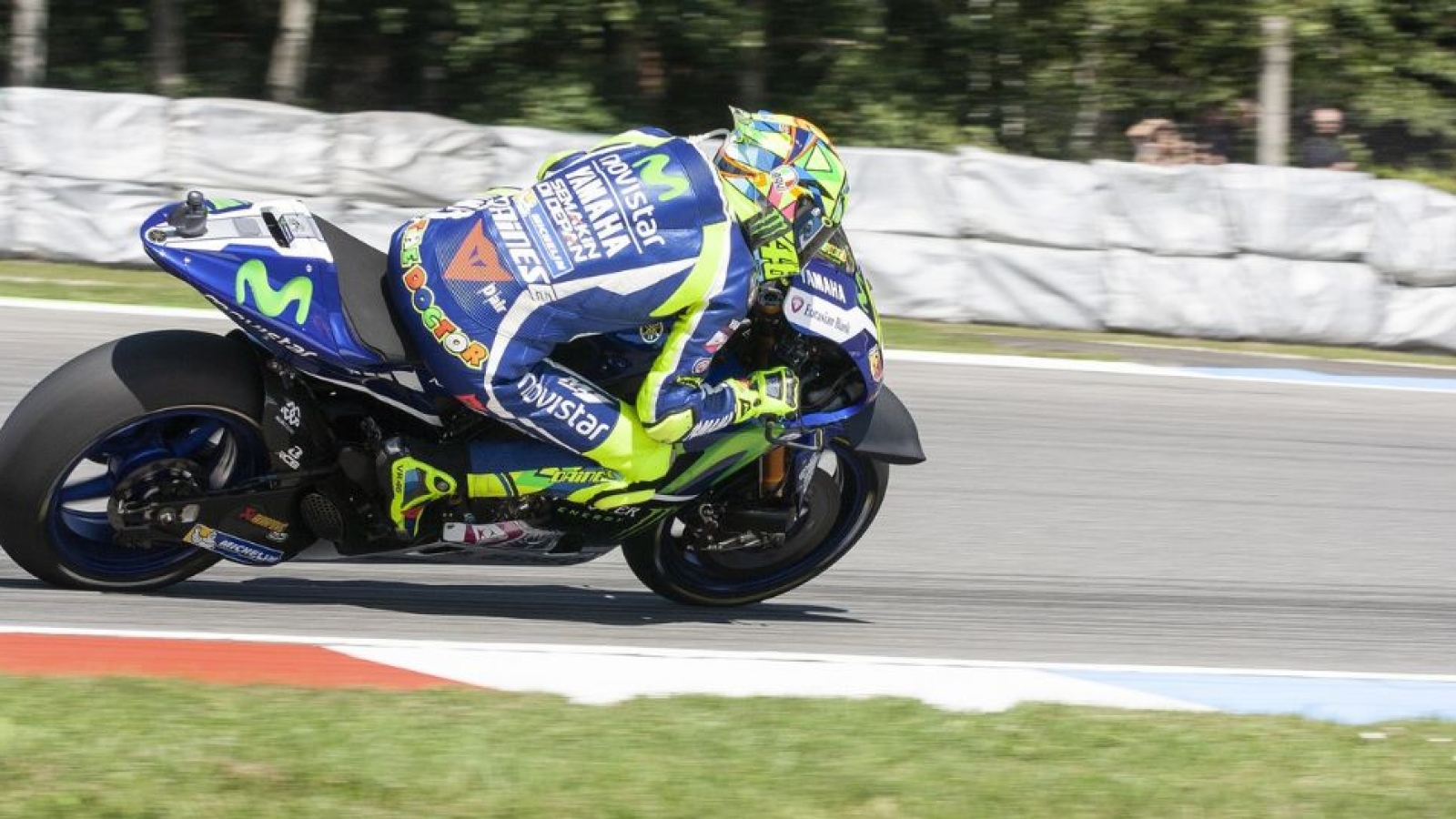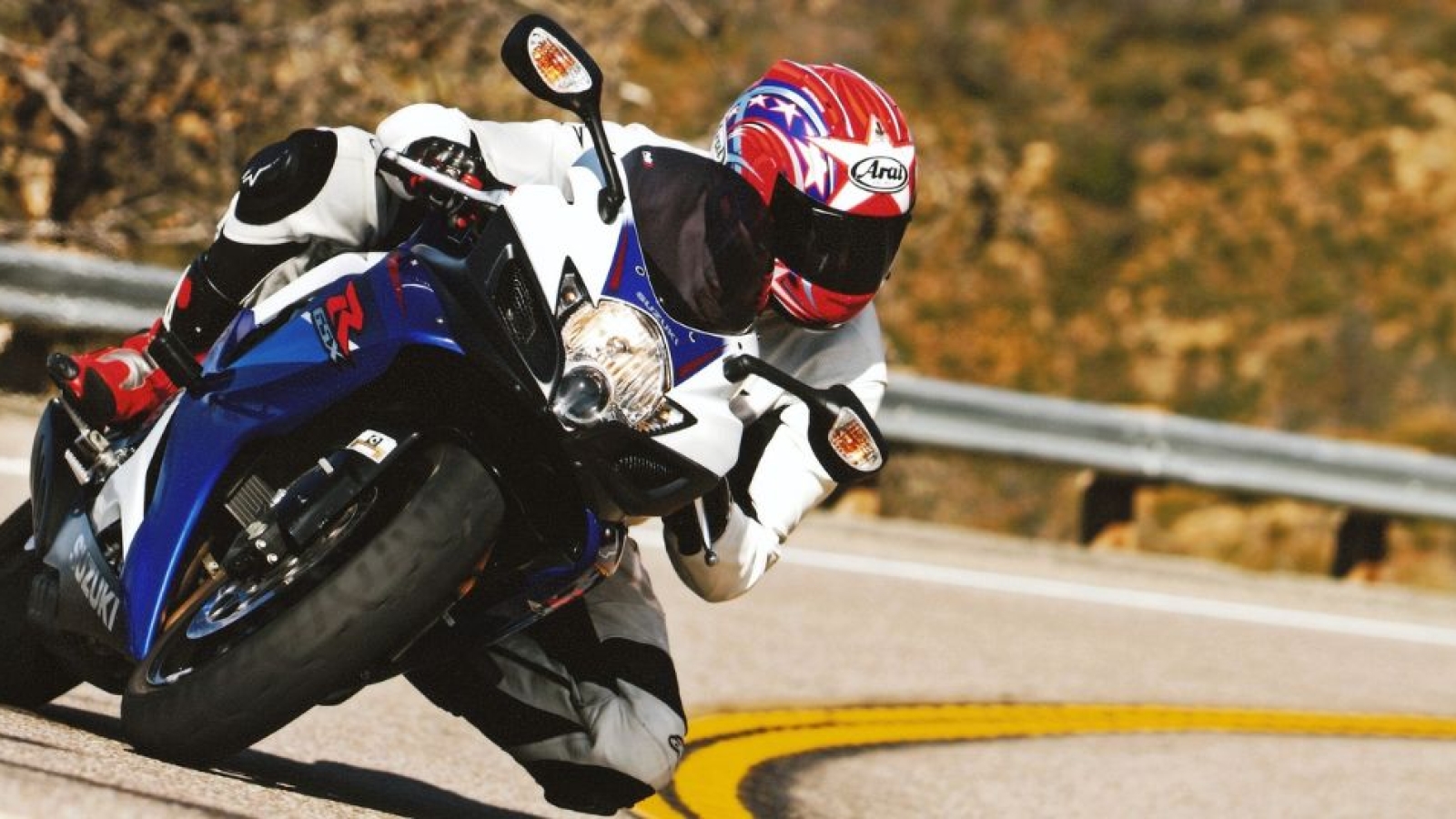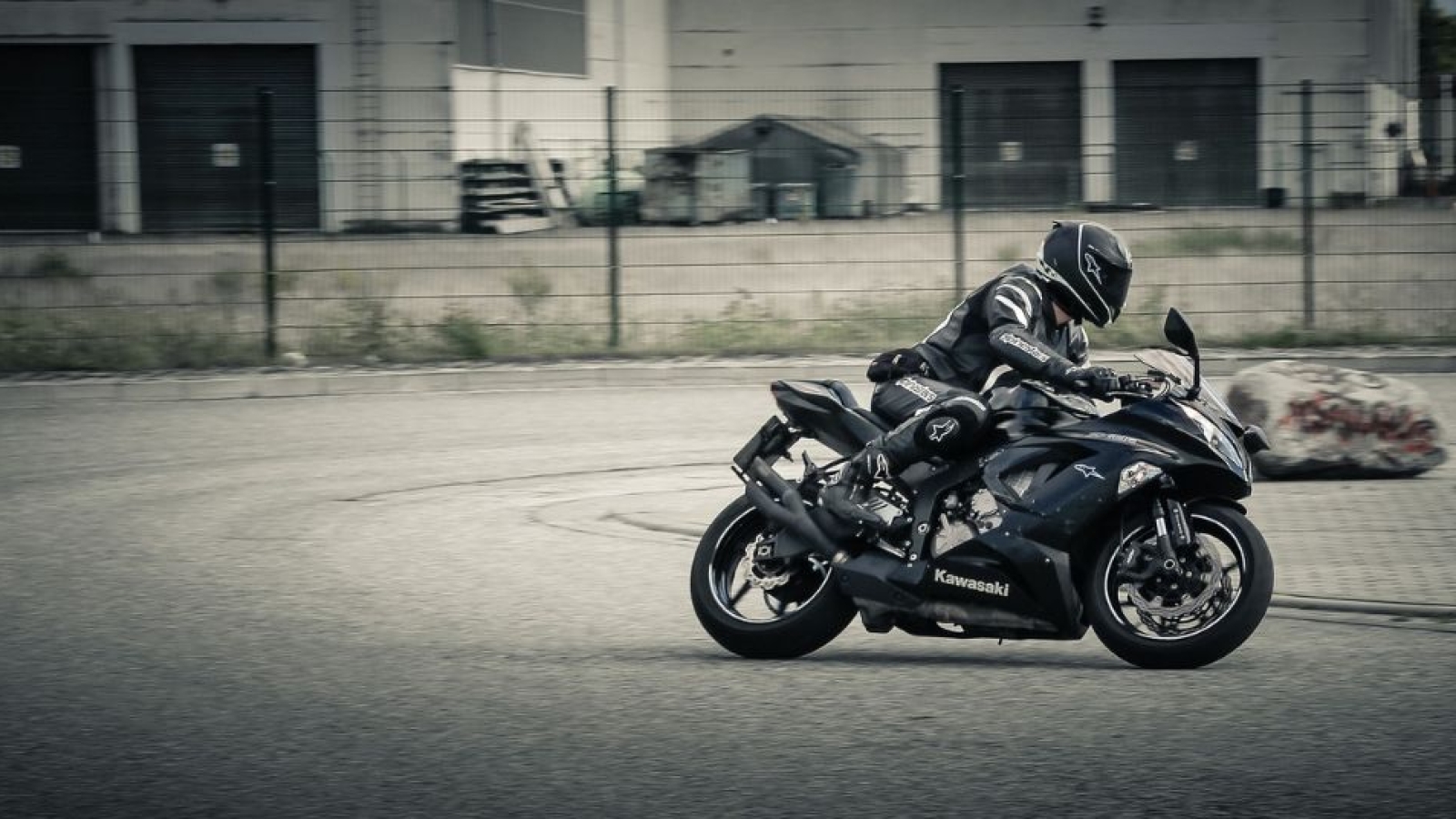
NEED FOR SPEED
ALL YOU NEED TO KNOW ABOUT SPEED LIMITS FOR MOTORCYCLES
Need for speed - All you need to know about speed limits for motorcycles
Many of us already know this situation: Everything is ready for the perfect road trip – the bike is packed, the route checked the tank full and the excitement is building up. But when you arrive in the next country at the latest, you often have to ask yourself what maximum speed limit actually applies on the current section of the road or what fine you have to expect if you exceed it. The long-awaited adventure can quickly become a financial debacle, especially if you are traveling on a motorcycle and indulging in your thoughts when you see the new and often impressive surroundings. The annoying thing about it is: Even if you own a navigation device that shows the permitted maximum speed, it does not mean that this value also applies. Although it is extremely rare for a country to change its own requirements, there are numerous additional bids that must be observed – bids that differ significantly from country to country. So always keep yourself informed about the current conditions and never blindly trust your navigation system. Everything you need to know for the perfect road trip in Europe can be found here.
Need for speed... Or not?
Admittedly, it is a great asset to discover the most beautiful streets and landscapes in the seat of a motorcycle. So that it stays that way and you are not unnecessarily prevented from doing so by a sudden encounter with the police, you should familiarize yourself sufficiently with the applicable regulations in advance.
Most countries regulate or divide the maximum permissible driving speed based on the section of the route (highway/expressway, country road, and local area) on which you are. So far so good. Most European countries levy their own toll or highway fees and the models can vary widely.
In Italy, for example, the toll system or highway toll is mostly based on the distance actually traveled. There are also motorway sections for which a certain lump sum has to be paid. And that can often be expensive. Anyone who drives without a Telepass (automatic system for collecting entries and exits) must take a ticket when entering the motorway, keep it carefully and present it again when calculating the road toll, to pay the amount due by credit card, ViaCard, or cash to settle. It is different from the Telepass toll box: the barrier at the toll station opens automatically, both when entering and exiting. This means that Telepass users drive through the toll station non-stop, often on specially reserved lanes that lead past the traffic jams in the other lanes. This is often much faster. While Italy does not offer a flat rate and the price is calculated, among other things, from an annual equipment rental (toll box) and the effective use, numerous European countries offer a lump sum over a certain period of time. You can often choose between daily, weekly or annual use. The amounts that are collected by the countries are calculated on the available road kilometers, sometimes very different. The following European countries levy a toll or motorway fee:
- Czech Republic
- Austria
- France
- Switzerland
- Slovenia
- Hungary
- Slovakia
- Croatia
- Italy
- Spain
- Belgium
- Portugal
- Greece
- The Netherlands
Often you have to rely on the motorway or expressways if you want to get from A to B as quickly as possible – and not infrequently at the expense of driving pleasure. But now back to the streets that are also interesting for us motorcyclists.
Other countries, other rules?
| Country | Motor-way | Speed-way | Extra urban |
| Belgium | 120 kph | 120 kph | 90 kph |
| Denmark | 130 kph | 80 kph | 80 kph |
| France | 130 kph | 110 kph | 80 kph |
| Great Britain | 112 kph | 112 kph | 96 kph |
| Italy | 130 kph | 110 kph | 90 kph |
| Ireland | 120 kph | 100 kph | 80 kph |
| Croatia | 130 kph | 110 kph | 90 kph |
| Luxem-burg | 130 kph | – | 90 kph |
| Nether-lands | 130 kph | 100 kph | 80 kph |
| Norway | 100 kph | 100 kph | 80 kph |
| Austria | 130 kph | 100 kph | 100 kph |
| Poland | 140 kph | 100 kph | 90 kph |
| Portugal | 120 kph | 100 kph | 100 kph |
| Sweden | See signage | See signage | See signage |
| Switzer-land | 120 kph | 100 kph | 80 kph |
| Slovakia | 130 kph | – | 90 kph |
| Slovenia | 130 kph | 110 kph | 90 kph |
| Spain | 120 kph | 100 kph | 90 kph |
| Czech Republic | 130 kph | 110 kph | 90 kph |
| Hungary | 130 kph | 110 kph | 90 kph |
What costs do I have to take into account in the travel expenses?
In addition to the classic travel costs such as those for fuel, meals, and accommodation, as well as the tolls already paid for the use of the motorway, the toll payment decisions made for pass roads or the directional sections also need to be considered. In most cases, access has to be paid on-site, but there is also the possibility to see it in advance in the form of a digital route, as is the case in Austria. The number plate of your bike is usually received at a designated terminal when passing through. Find out in advance about the applicable tariff provisions. When visiting or driving over a pass and a welcome change from the otherwise rather dreary kilometer eating on the highway – all the more under optimal conditions.
What are the consequences of speeding?
Even if it can often go fast on a motorcycle in particular: keep an eye on the choice of driving speed, because the penalties for exceeding the applicable speed limits can differ drastically in the various European countries and can sometimes lead to the confiscation of your own vehicle. You should always keep an eye on the speedometer needle, no matter which country you are traveling in.
You have to dig deep into your pocket, for example, in northern Europe, such as Norway, or in car-loving Sweden if you exceed the top speed by 20 kph. Here fines are threatened from € 375 or € 250. Exceeding is also very expensive in Italy (from € 170), in Switzerland (from € 155) and in Great Britain (from € 115). In countries like Lithuania, you can get away relatively cheaply from around € 12 and in Latvia from € 20.
As already mentioned, there are differences in expressways, motorways, and towns, the speed limit in Europe is largely the same within cities and municipalities. As in Austria, a speed limit of 50 kph applies here in most countries in Europe and applies to all vehicle classes in Europe.
If you get caught too much at 20 or more than 50 kph, you can expect the following fines:
Country | Until 20 kph | Above 50 kph |
Belgium | From 100 Euro | From 300 Euro |
Bosnia and Herzegowina | From 50 Euro | From 200 Euro |
Bulgaria | From 25 Euro | From 120 Euro |
Denmark | From 135 Euro | From 300 Euro |
Germany | Till 35 Euro | From 240 Euro |
Estland | Till 120 Euro | Till 800 Euro |
Finnland | 200 Euro | From 14 daily rates |
France | From 135 Euro | 1.500 Euro |
Greece | 100 Euro | 350 Euro |
Great Britain | From 115 Euro | Till 2850 Euro |
Ireland | From 80 Euro | From 80 Euro |
Island | From 120 Euro | From 400 Euro |
Italy | From 170 Euro | From 530 Euro |
Croatia | From 65 Euro | From 400 Euro |
Lettland | From 20 Euro | From 240 Euro |
Lithuania | From 12 Euro | From 450 Euro |
Luxemburg | From 50 Euro | From 145 Euro |
Malta | From 70 Euro | From 70 Euro |
Macedonia | From 20 Euro | From 300 Euro |
Montenegro | From 40 Euro | From 100 Euro |
Netherlands | From 165 Euro | From 660 Euro |
Norway | From 375 Euro | From 900 Euro |
Austria | From 30 Euro | Till 2.180 Euro |
Poland | From 25 Euro | From 120 Euro |
Portugal | From 60 Euro | From 120 Euro |
Romania | From 60 Euro | From 280 Euro |
Sweden | From 250 Euro | From 420 Euro |
Switzerland | From 155 Euro | From 60 daily rates |
Serbia | From 25 Euro | From 50 Euro |
Slovakia | From 35 Euro | From 350 Euro |
Slovenia | From 80 Euro | From 500 Euro |
Spain | From 100 Euro | From 600 Euro |
Czech Republic | From 40 Euro | From 195 Euro |
Turkey | From 50 Euro | From 100 Euro |
Hungary | Till 95 Euro | From 195 Euro |
Cyprus | From 35 Euro | From 85 Euro |
What else do I have to carry with me?
Many are of the opinion as motorcyclists that it is enough to carry the same items as a bandage abroad as well as domestically, but that’s far from it. Here you can find out why you should keep a little more space in your luggage:
- Bandages
Motorcyclists must have bandages on board in Albania, Montenegro, Austria, Russia, Serbia, Slovenia, Slovakia, the Czech Republic, Ukraine, and Hungary. In Latvia only if the motorcycle has a sidecar.
- Obigation to carry bandages
France, Lithuania, Luxembourg, Slovakia, Slovenia, Spain, and Hungary.
- Obligation to wear a vest
In Belgium, Bosnia / Herzegovina, Bulgaria, France, Iceland, Italy, Latvia, Lithuania, Luxembourg, Montenegro, Slovakia, Slovenia, Spain, the Czech Republic, and Hungary, you have to wear a safety vest when getting off your motorcycle in the event of a breakdown or accident. In Finland, the obligation to carry also applies to passengers, but there is no obligation to carry one.
- Warning triangle
In Denmark, Finland, Iceland, Russia, Sweden, Ukraine, and Malta, a warning triangle is mandatory basic equipment for all motorcyclists. In Hungary, this only has to be on board a motorcycle with a sidecar.
- Replacement lamps
Replacement lamps must be carried in France and Croatia if the motorcycle does not have xenon or LED lights.
- Green insurance card
It is compulsory to take it with you in Albania, Bosnia / Herzegovina, Bulgaria, Estonia, Latvia, Lithuania, Montenegro (a validity for Montenegro must be listed on the card), Romania, and Ukraine.
- Duty to wear gloves
Hard to believe: Only in France do motorcyclists and co-drivers have to wear gloves with a CE standard and the corresponding CE mark, as is also known from helmets.
Does Motobit also work abroad?
Of course, Motobit works all over Europe.
With Motobit, you get warnings about danger zones and how to approach each bend, which can be especially useful on roads you don’t know.
Plus, with more than 30,000 speed cameras across Europe, you can avoid a hefty fine.
So if you’re going on a trip abroad, don’t forget to take Motobit and Sentinel with you.
